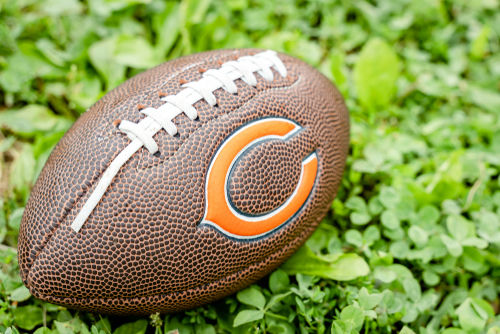A shocking act of violence has reignited a fierce debate over the NFL’s responsibility for player safety and mental health.
A Violent Outburst in Manhattan
On July 28, 2025, Shane Devon Tamura, a 27-year-old former high school football player, executed a mass shooting at 345 Park Avenue in Manhattan. This location is notable for housing the NFL’s headquarters, as well as other prominent firms. Tamura, armed with an M4 rifle, opened fire in the building’s lobby, tragically ending the lives of four individuals, including an NYPD officer, and injuring an NFL employee before taking his own life. Investigators discovered a note left by Tamura, where he blamed the NFL for his mental health deterioration, citing traumatic brain injuries and chronic traumatic encephalopathy (CTE) as significant factors.
Investigators are piecing together more details about how a former high school football player who blamed the game for his mental health problems carried out a deadly attack on an office building that is home to the NFL. https://t.co/I2viKBQGia
— NEWSMAX (@NEWSMAX) July 30, 2025
The attack has not only shocked the nation but also reignited a heated discussion about the NFL’s accountability in player safety and the long-term effects of brain injuries sustained in contact sports. This incident is the first of its kind to directly target the NFL’s corporate offices, pushing the issue of CTE and mental health into the spotlight once again.
The Fallout and Investigation
Following the attack, the building, including all its tenant firms, went into lockdown. NFL Commissioner Roger Goodell directed employees to work remotely while the crime scene was active. Law enforcement and first responders swiftly arrived on the scene, although, tragically, one officer lost his life during the incident. The NFL has since provided grief counseling and increased security for its staff.
As the investigation unfolds, authorities are piecing together Tamura’s background, his travel history leading up to the attack, and his documented mental health issues. The note found at the scene, which explicitly blames the NFL and references CTE, is a crucial piece of evidence in understanding Tamura’s mindset and motives.
Renewed Scrutiny on the NFL
The NFL has long faced criticism and legal challenges over its handling of player safety and concussion protocols. This tragic event has reignited public scrutiny and could lead to renewed legal actions against the league. Experts emphasize the established link between repeated head trauma and behavioral changes, though they caution against assuming all individuals with CTE become violent. The case of Shane Tamura adds a complex layer to this ongoing debate.
In response, NFL Commissioner Roger Goodell reassured the NFL’s commitment to its employees’ safety and mental health, stating, “Every one of you is a valued member of the NFL family. We will get through this together.” Meanwhile, the broader football community and former athletes are calling for more robust mental health support systems to prevent similar tragedies in the future.
Implications for Policy and Safety
The tragic event at 345 Park Avenue has immediate and far-reaching implications. In the short term, NFL employees and other building tenants are dealing with trauma and heightened security measures. In the long run, this incident could lead to policy changes regarding mental health resources for former athletes and increased security protocols at high-profile corporate locations.
Moreover, the political landscape may see calls for improved mental health support and potentially stricter gun control measures. The attack underscores the urgent need for a comprehensive approach to address the mental health challenges faced by former athletes who have sustained brain injuries.

